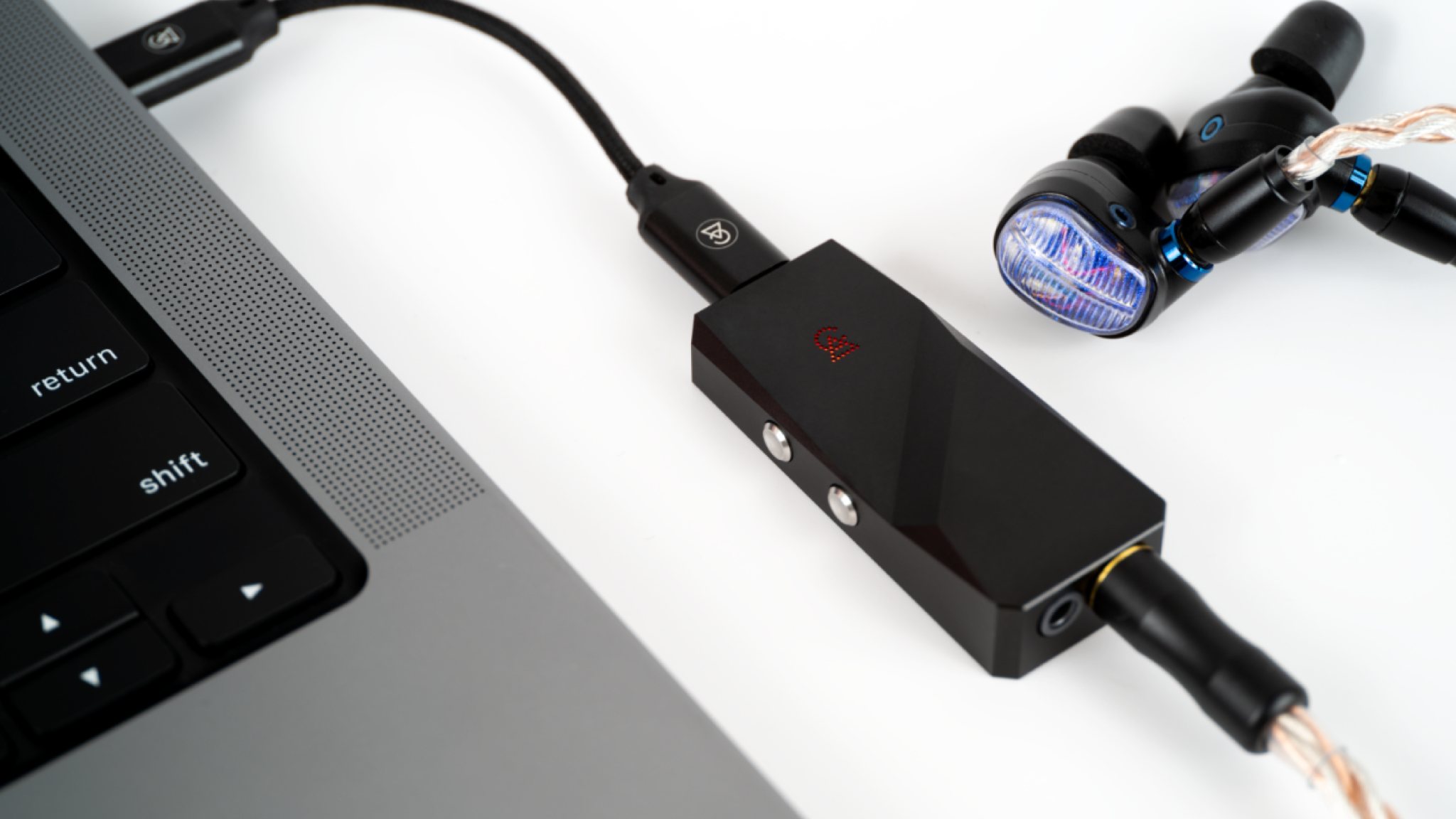Audio
The latest Audio breaking news, comment, reviews and features from the experts at T3
Explore Audio
-
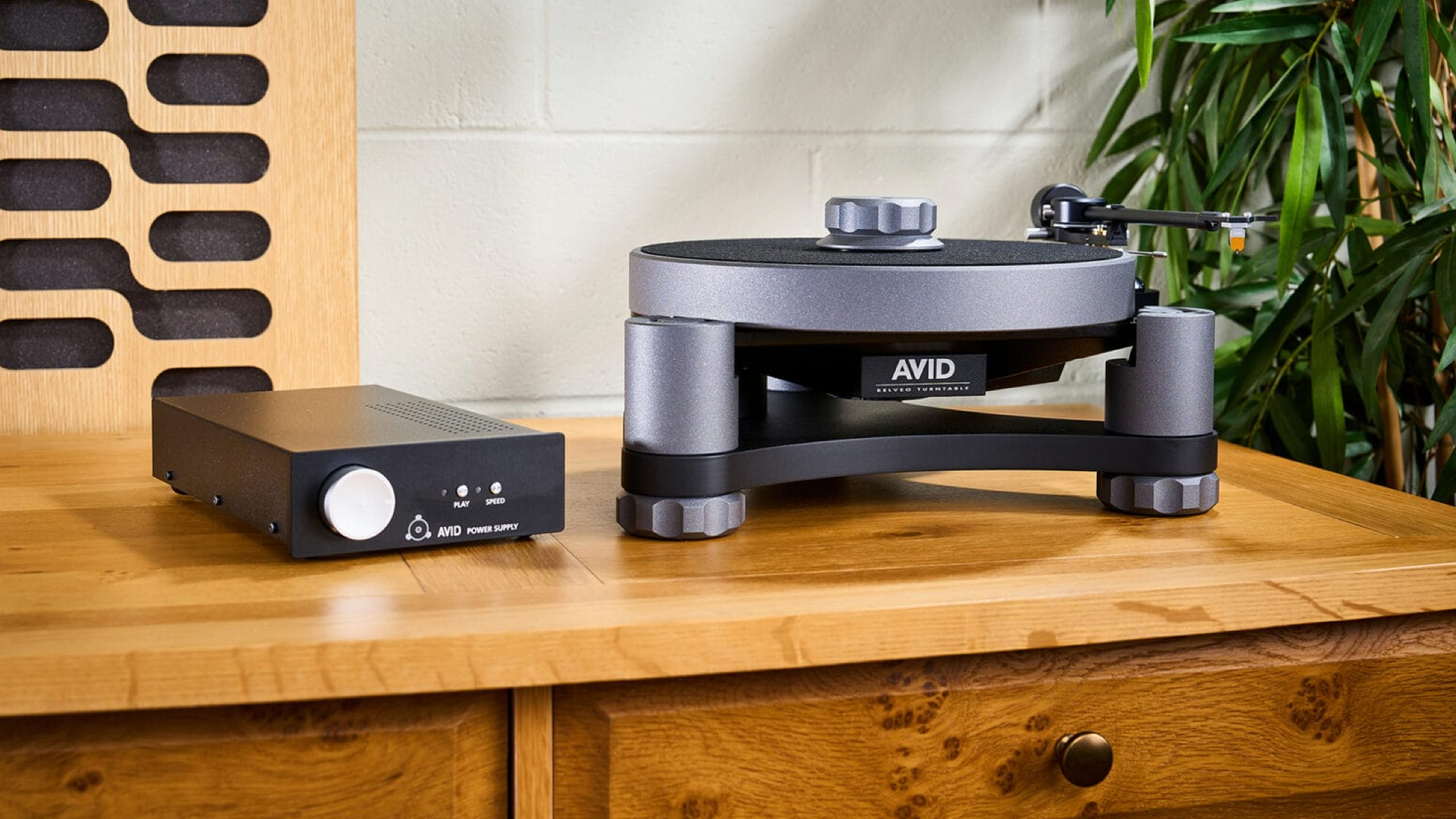
Avid’s gorgeous new turntable looks like it was worth the 12-year wait
It's also surprisingly affordable for a luxury audiophile vinyl deck
By Carrie Marshall Published
-
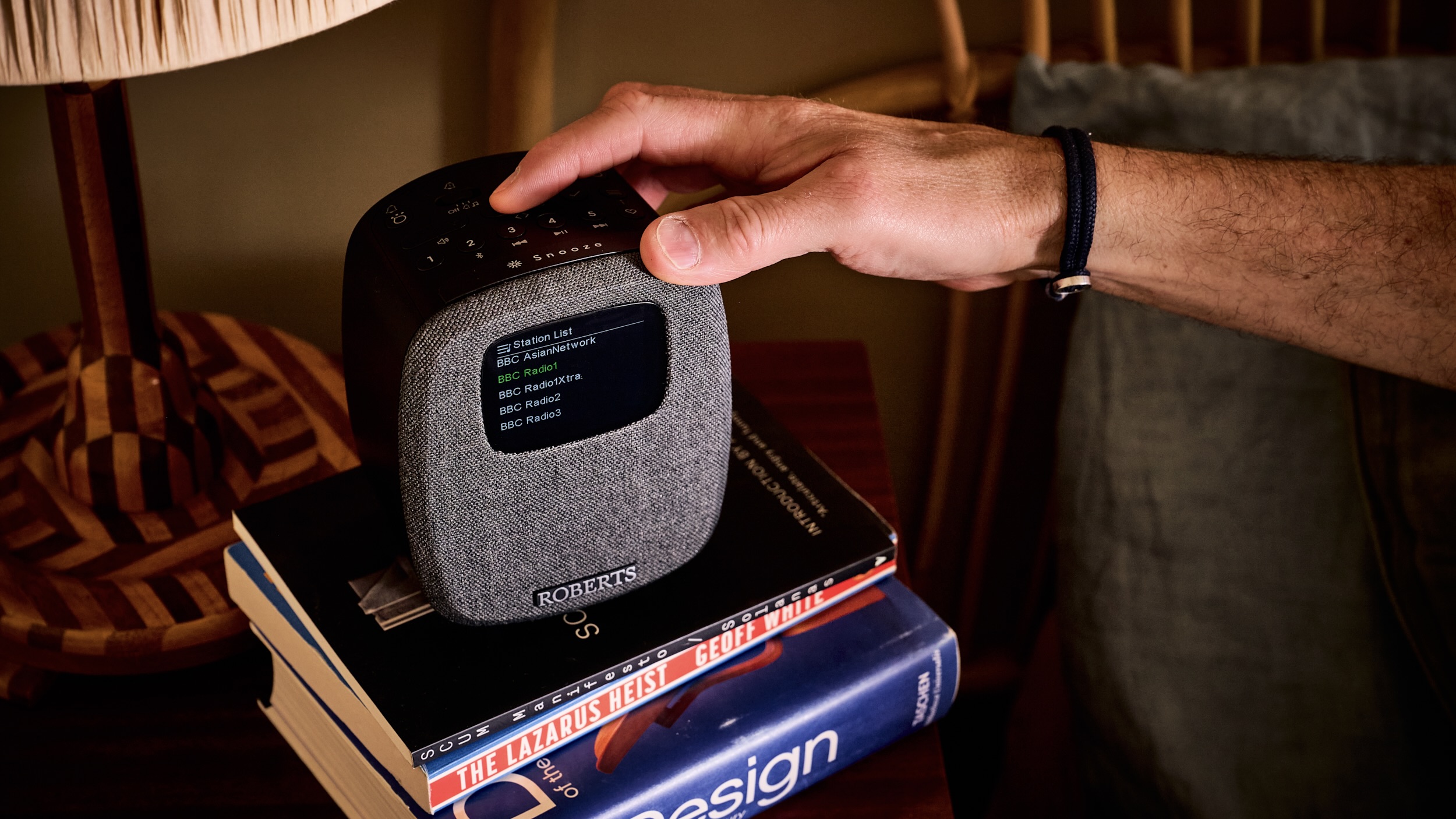
Roberts' unveils new bedside radio – but the iconic retro look is nowhere to be seen
It’s clean, compact...and slightly modern?
By Lizzie Wilmot Published
-

Sony’s best wireless earbuds gear up for a late-2025 upgrade
The Sony WF-1000XM6 ANC buds could be coming soon, according to a new leak
By Carrie Marshall Published
-
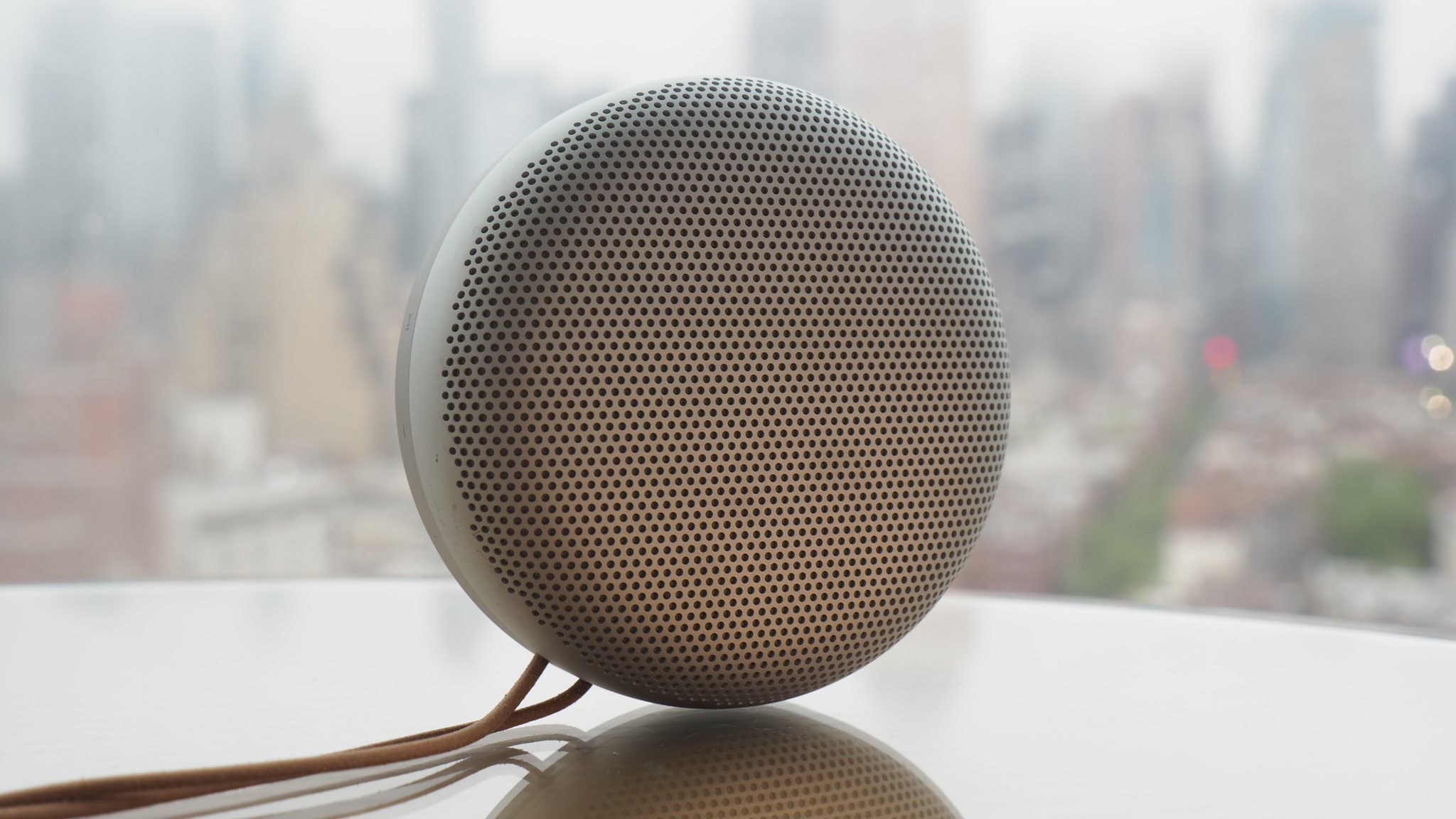
The 5-star travel speaker I can't live without just crashed to its lowest price ever
Bang & Olufsen's Beoplay A1 Gen 2 has never been cheaper
By Mike Lowe Published
-
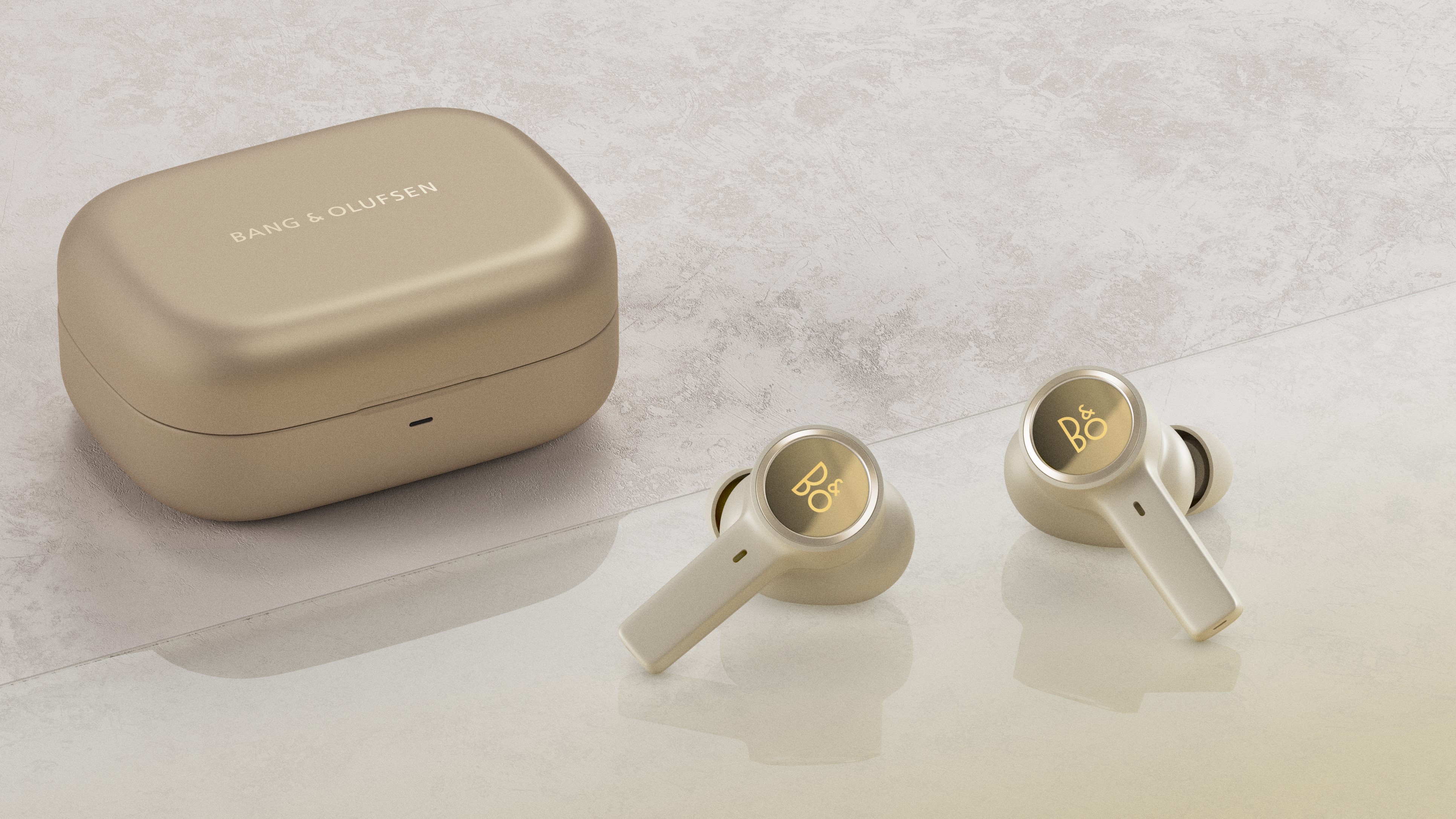
These luxury earbuds are half price in the Prime Day sale – but they won't be around for long
Snap them up quick!
By Sam Cross Published
-

These five-star earbuds are always in my bag – they're £120 off in the Amazon Prime Day sale!
Brilliant audio for a bargain
By Sam Cross Published
-
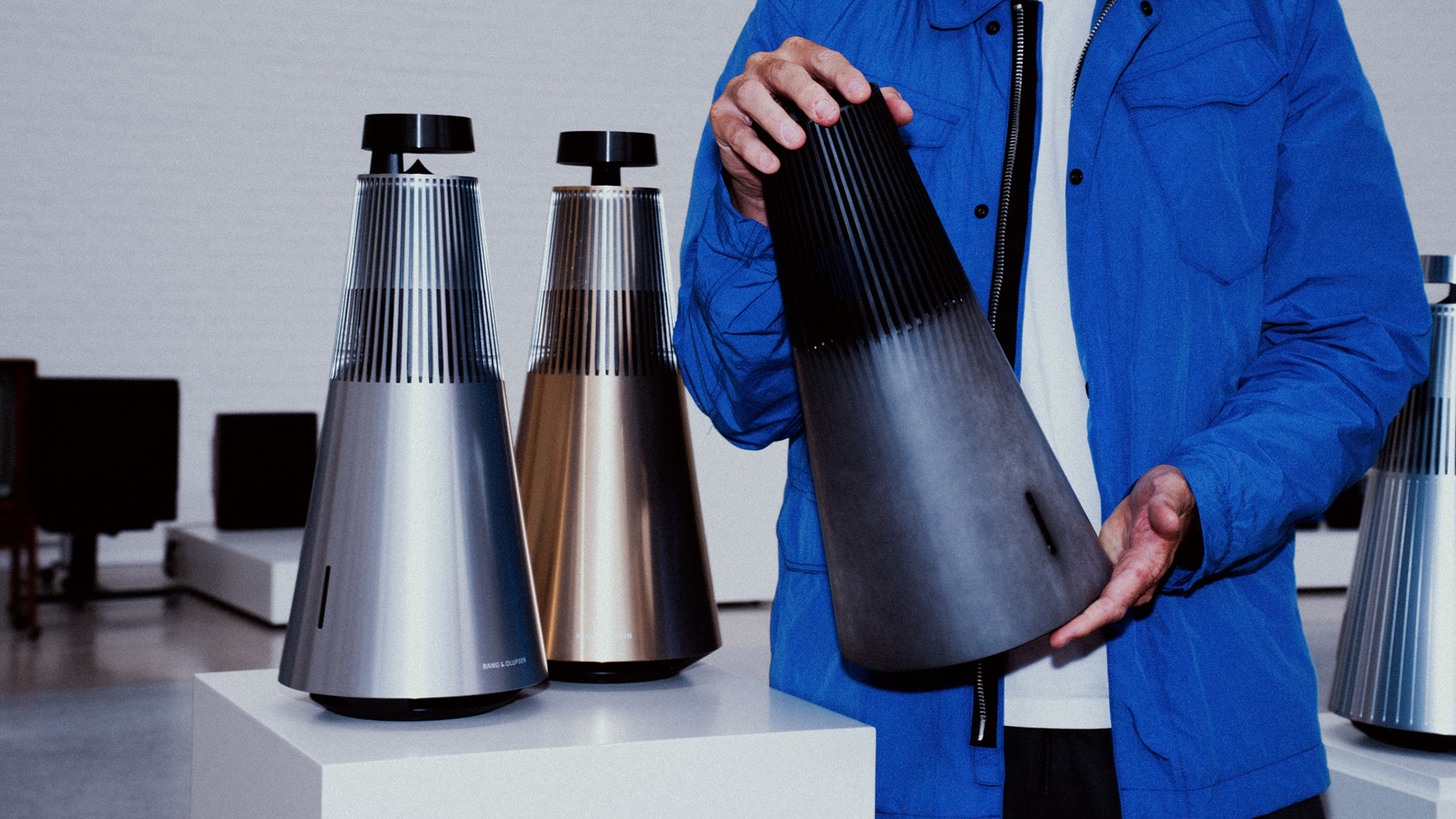
This speaker looks like it's made of concrete and sounds just as solid
Vollebak teams up with Bang & Olufsen to create a space-age speaker (and thermal jacket) you probably can’t afford, but will definitely want
By Matt Kollat Published
-

These five-star Beats offer premium sound and comfort, and they’re 50% off for Prime
The Powerbeats Pro are the cheapest they've ever been
By Bryony Firth-Bernard Published
-

KEF wants you to choose its first Dolby Atmos soundbar over the Sonos Arc Ultra
The KEF X10 manages to pack 12 amplifiers and drivers into a deceptively slim soundbar
By Carrie Marshall Published
-
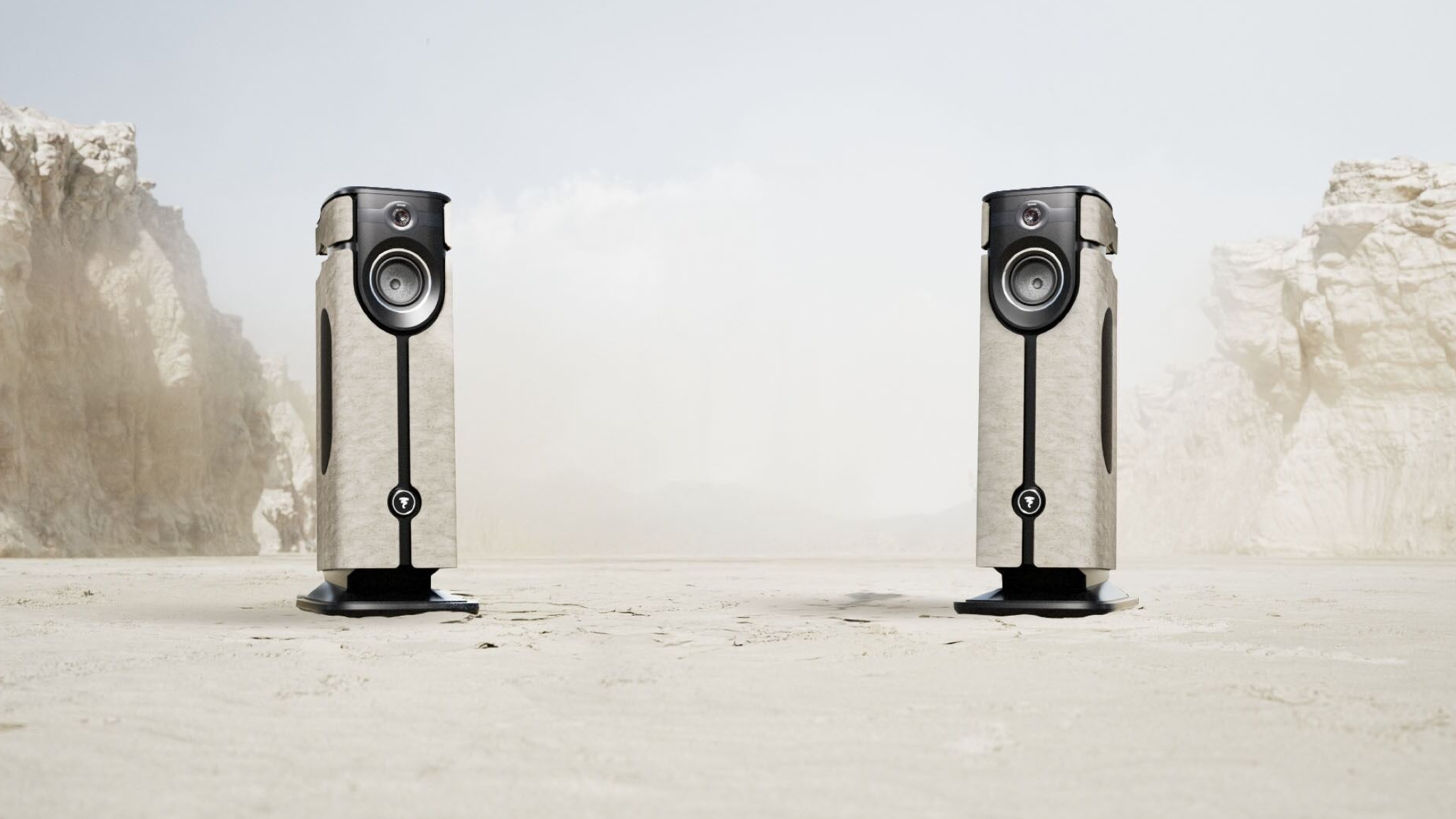
Focal's new luxury loudspeakers will take you to audio Utopia
Focal takes its flagship luxury speakers and adds even more power and precision
By Carrie Marshall Published
-
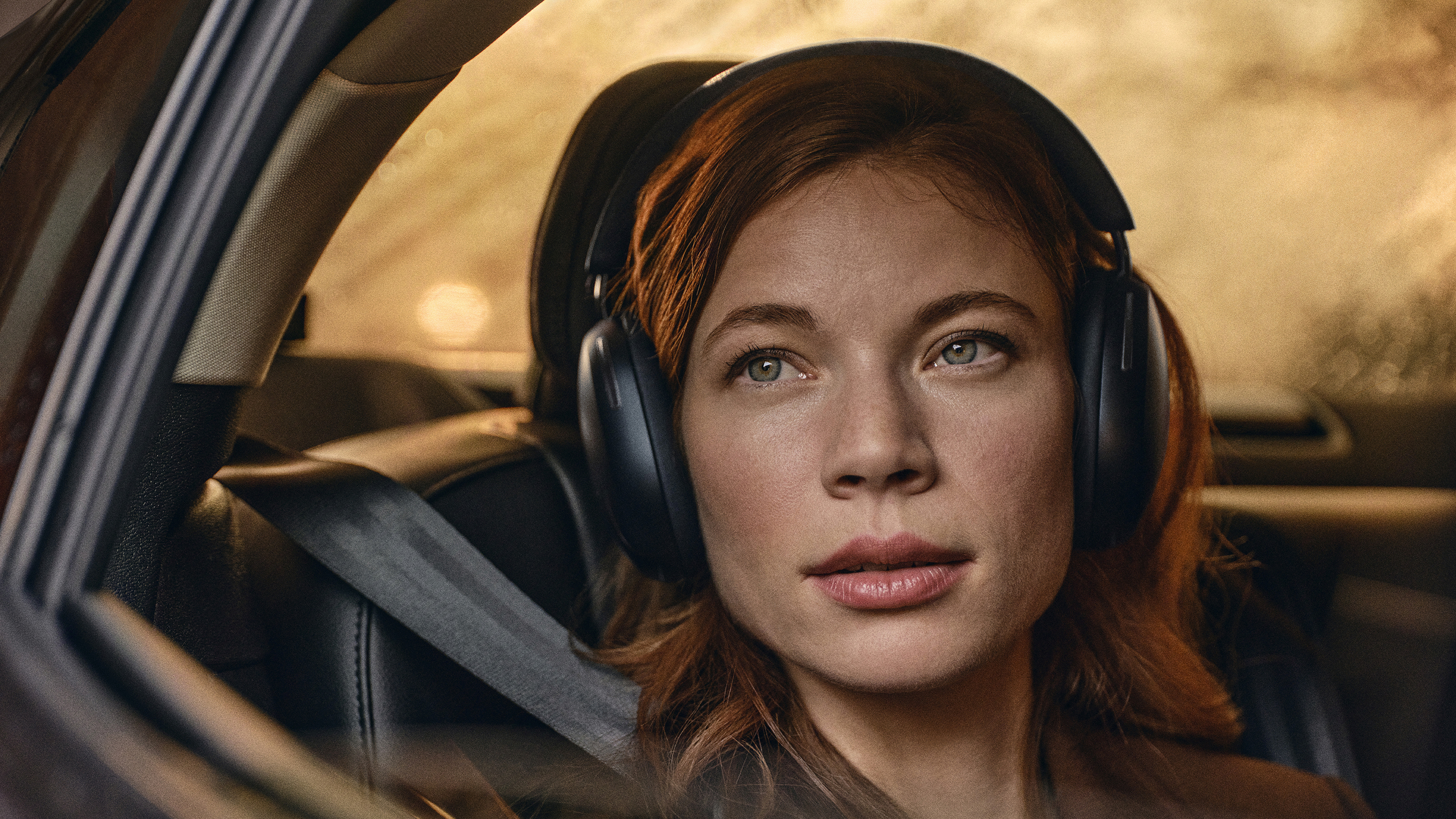
The most comfortable headphones ever hit their lowest price ever for Prime Day
I love these headphones – and you will too
By Britta O'Boyle Published
-

I don't leave home without these headphones and this Prime Day deal makes them a steal
Apple's AirPods Pro 2 deal currently matches Black Friday price
By Britta O'Boyle Published
-

My favourite Sonos speaker is £132 off for Amazon Prime Day
This is a superb deal for a superb speaker
By Britta O'Boyle Published
-
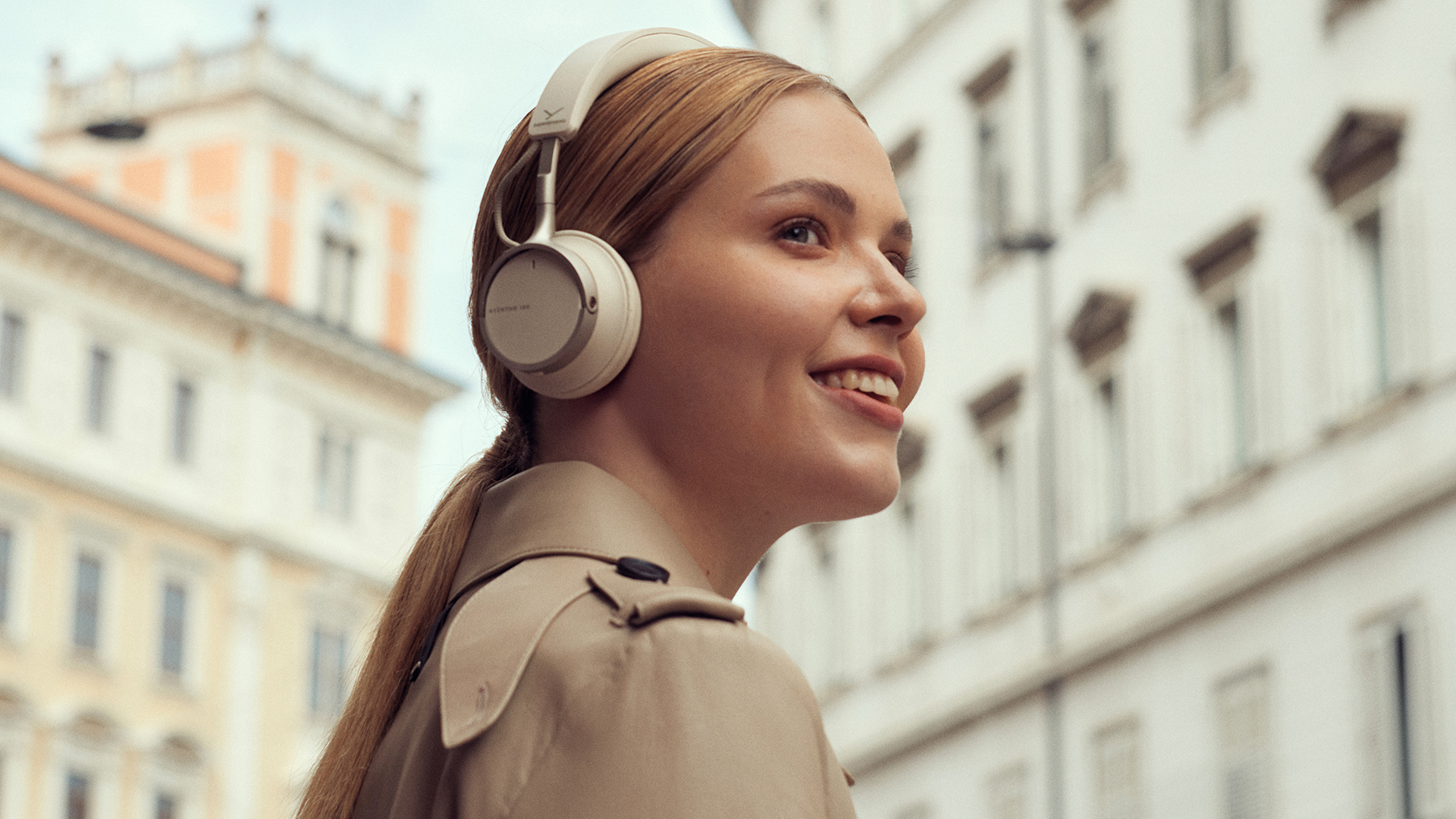
Beyerdynamic’s new wireless over-ears could strike fear into Sony and Bose
The Beyerdynamic Aventho ANC over-ears are priced very aggressively for top-end tech
By Carrie Marshall Published
-

I reviewed these ace earbuds – so I know this Prime Day deal is a banger
Cambridge Audio strikes again
By Max Freeman-Mills Published
-
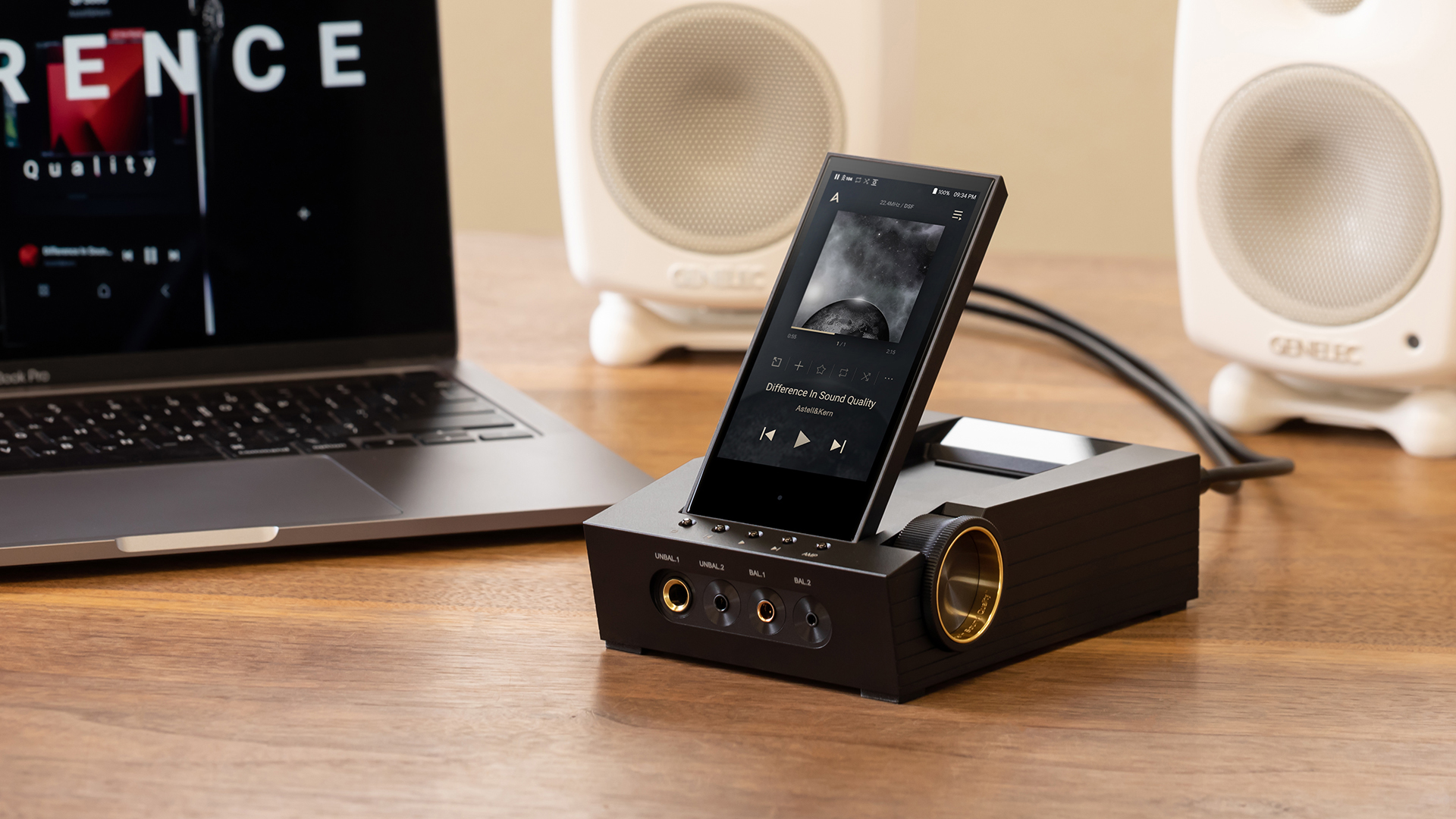
Astell&Kern’s incredible DAC and headphone amp hits a record low price, but you’ll need to move fast
This is a genuinely good deal on a superb Hi-Res Audio digital audio player and headphone amp
By Carrie Marshall Published
-
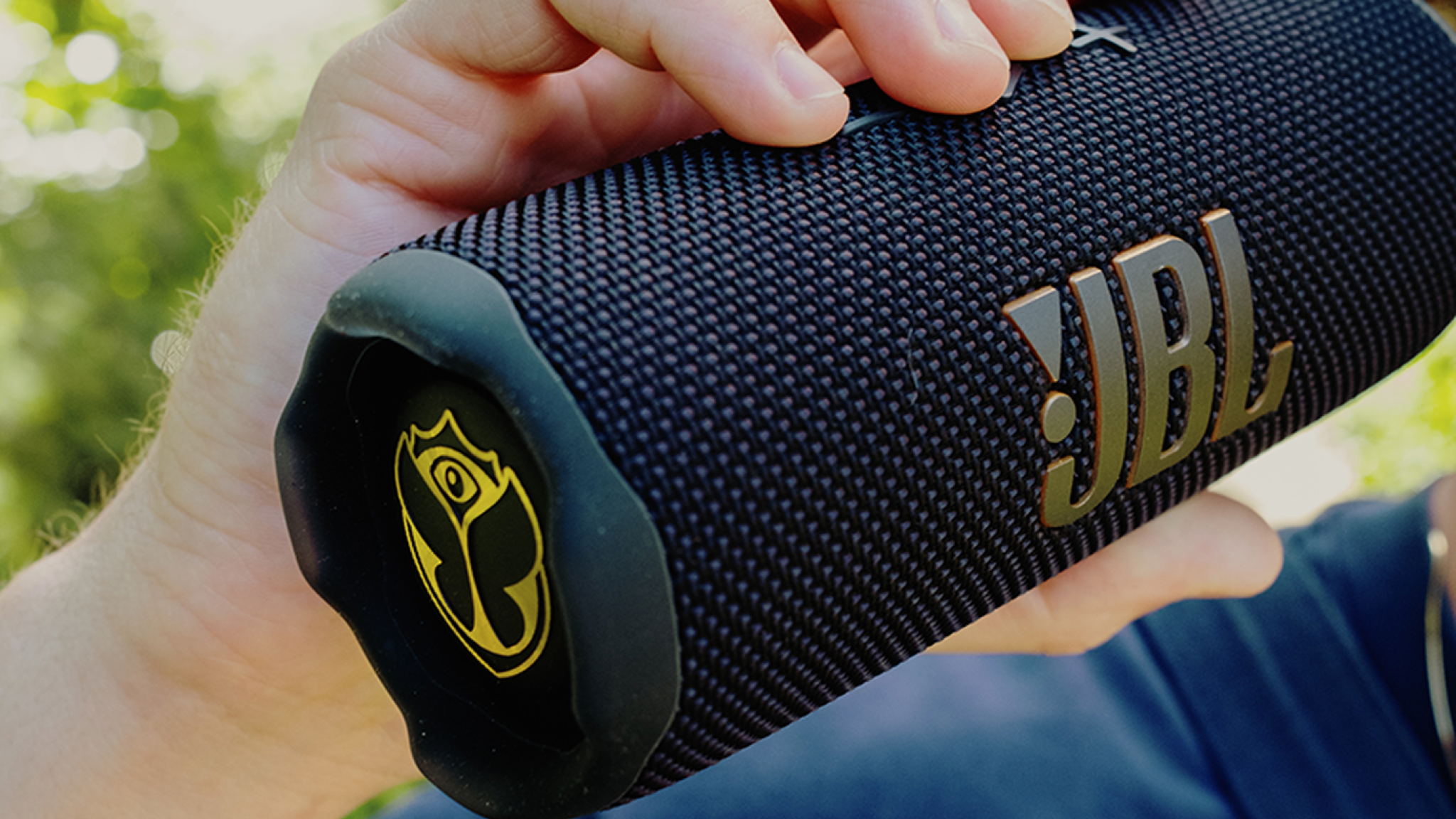
JBL's Flip 7 gets that festival feeling with a unique special edition
The JBL Flip 7 Tomorrowland celebrates JBL's partnership with the festival, and it's a fine-looking thing
By Carrie Marshall Published
-
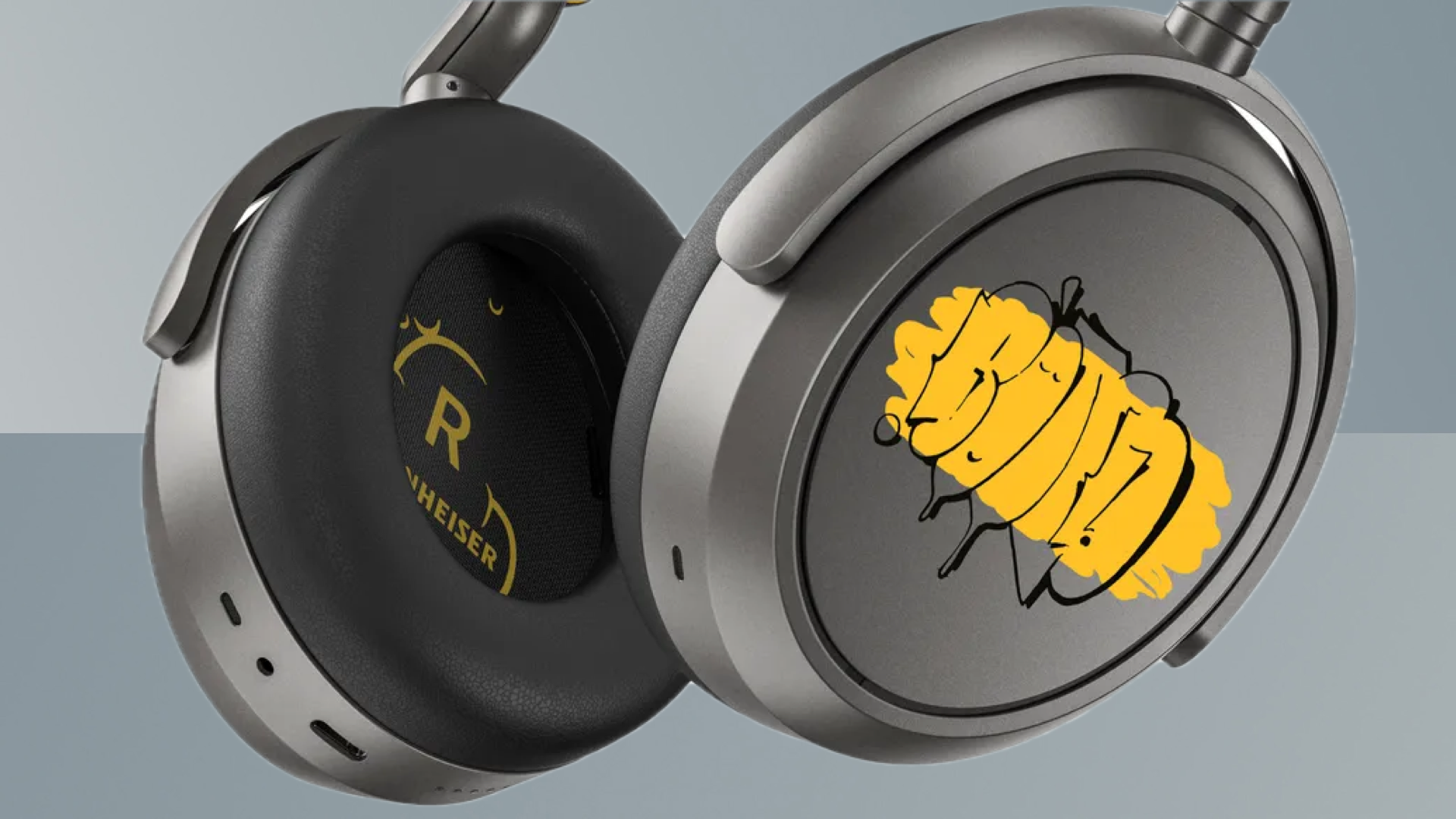
Sennheiser’s limited edition wireless over-ears are (literally) a work of art
Sennheiser's Momentum 4 Wireless headphones get a splash of colour from a celebrated graffiti artist
By Carrie Marshall Published
-
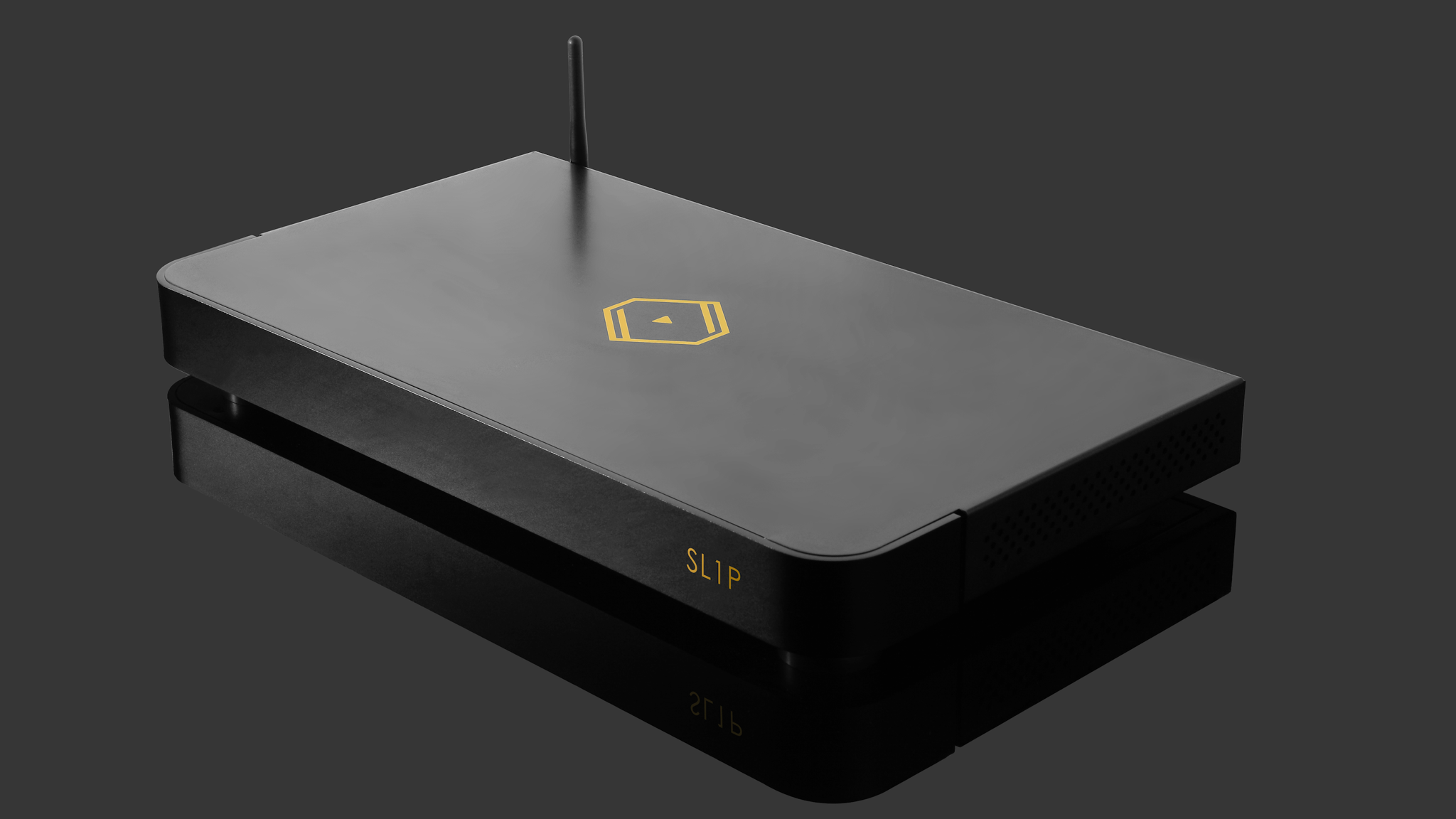
Silent Angel’s super sleek music streamer is now here for UK ears
Keeps things simple with this great-looking streamer for UK audiophiles
By Carrie Marshall Published
-
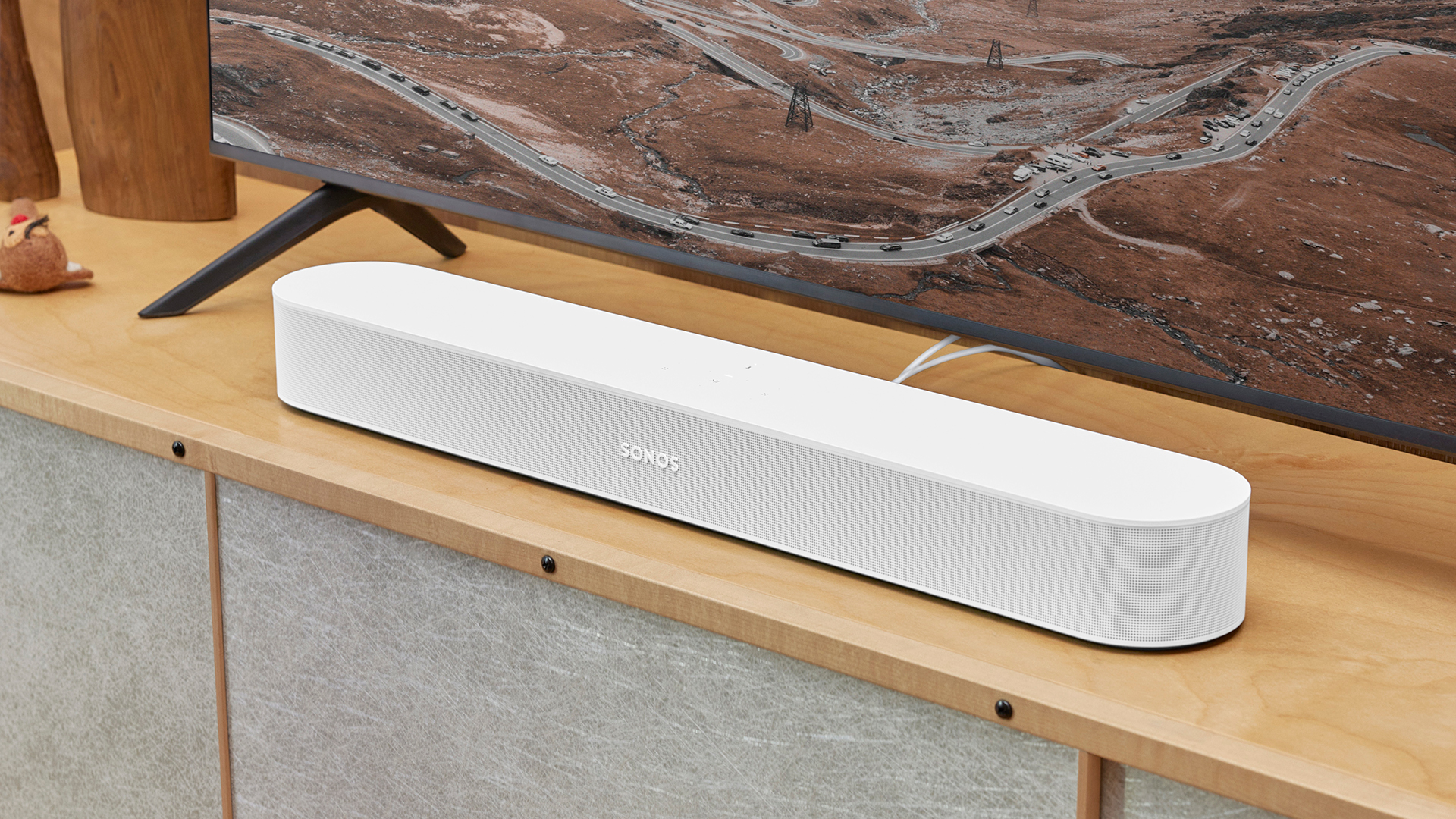
Best soundbar 2025: improve your TV's sound with ease
Enhance your TV's output with the best soundbar and surround options
By Mike Lowe Last updated
-
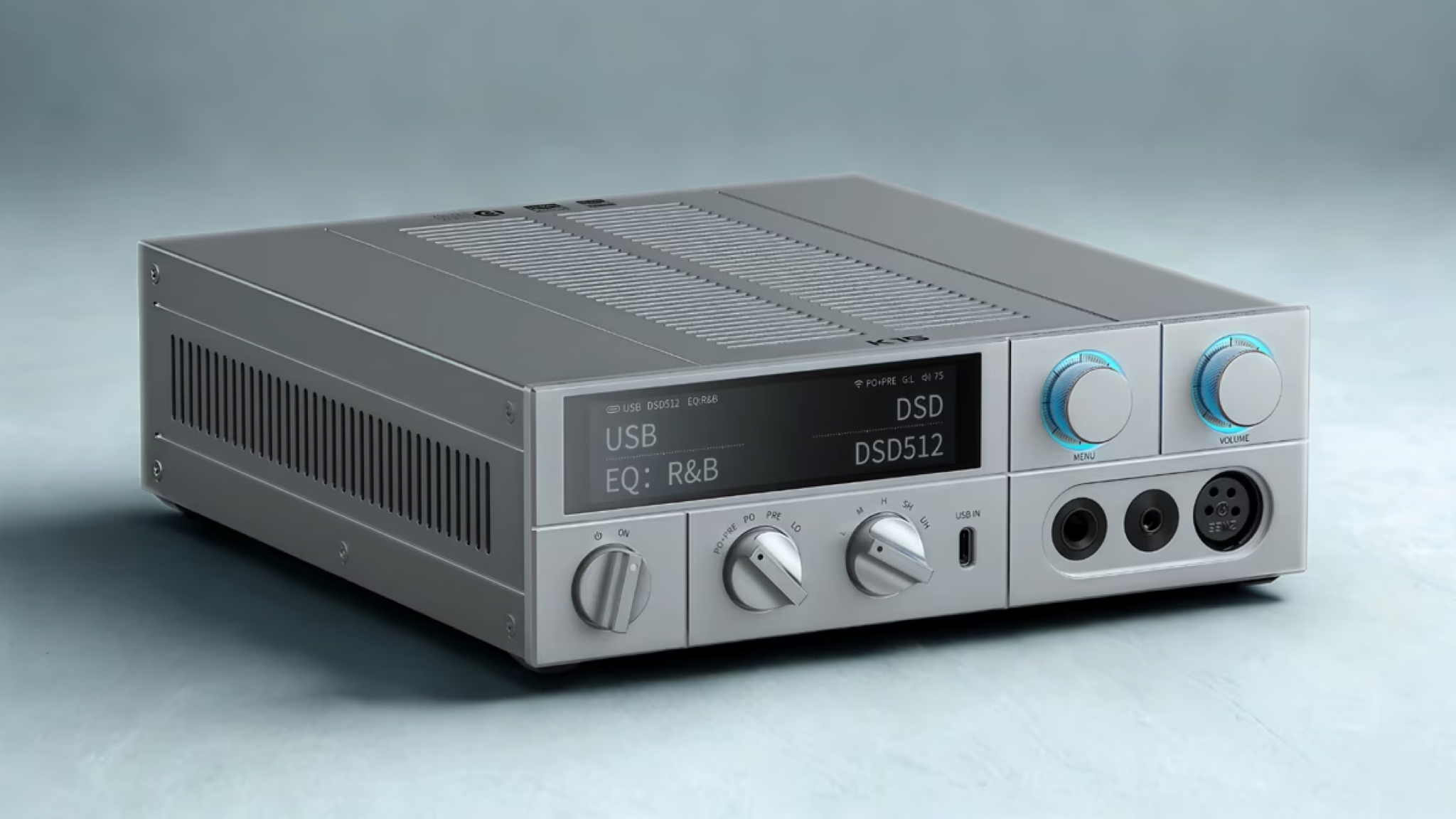
FiiO’s new desktop DAC is a seriously powerful headphone amp for an affordable price
Takes the tech from the impressive K17 DAC/amp and makes it more affordable
By Carrie Marshall Published
-
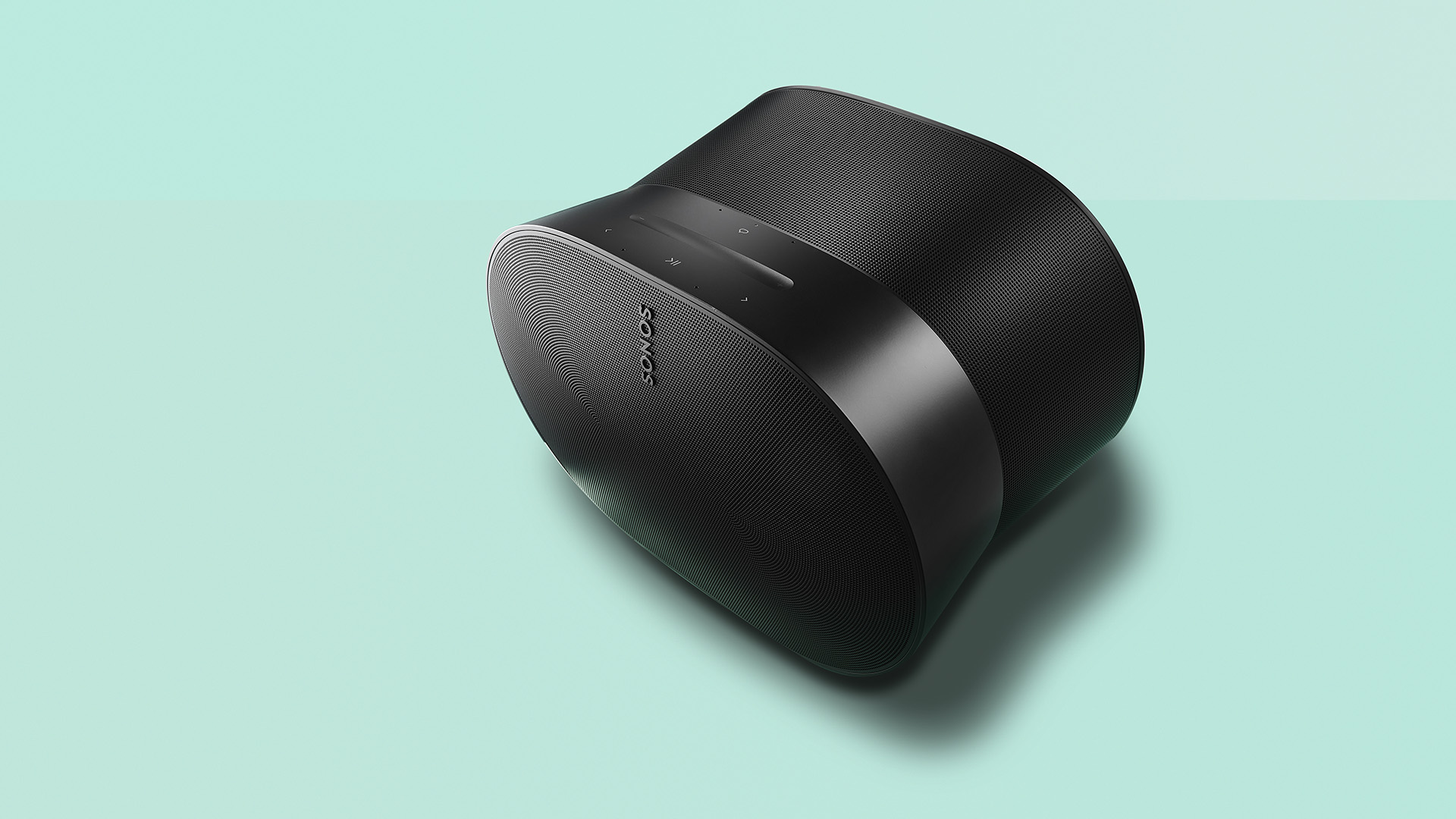
Best wireless speakers 2025: top Wi-Fi multi-room speakers for the home
The best wireless speakers deliver top sound quality and maximum multi-room greatness
By Max Freeman-Mills Last updated
-
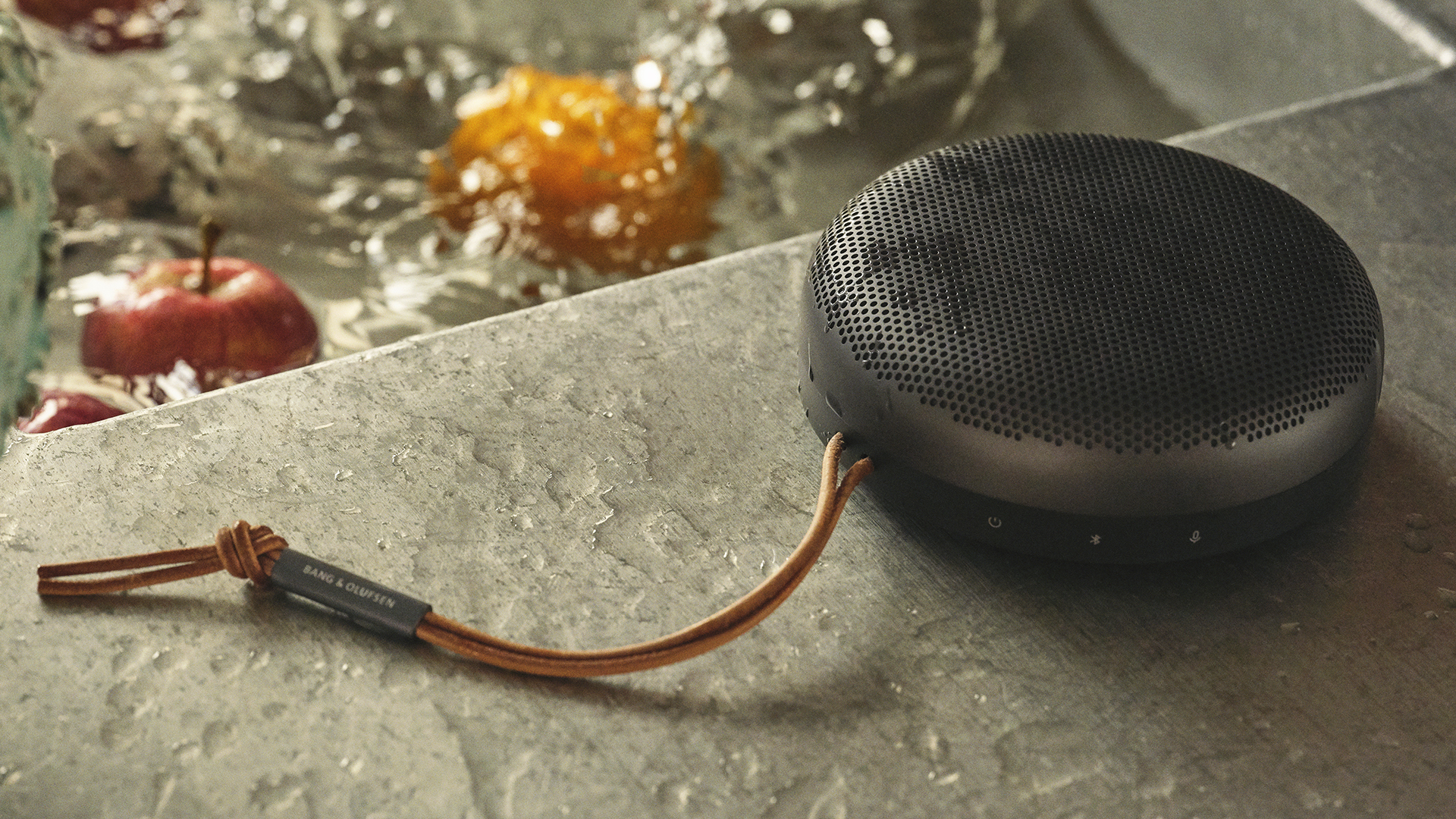
Best Bluetooth speaker 2025: perfect portable speakers for every budget
The best Bluetooth speakers make it easy to play music from any phone – and here are the best ones you can buy today
By Mike Lowe Last updated
-
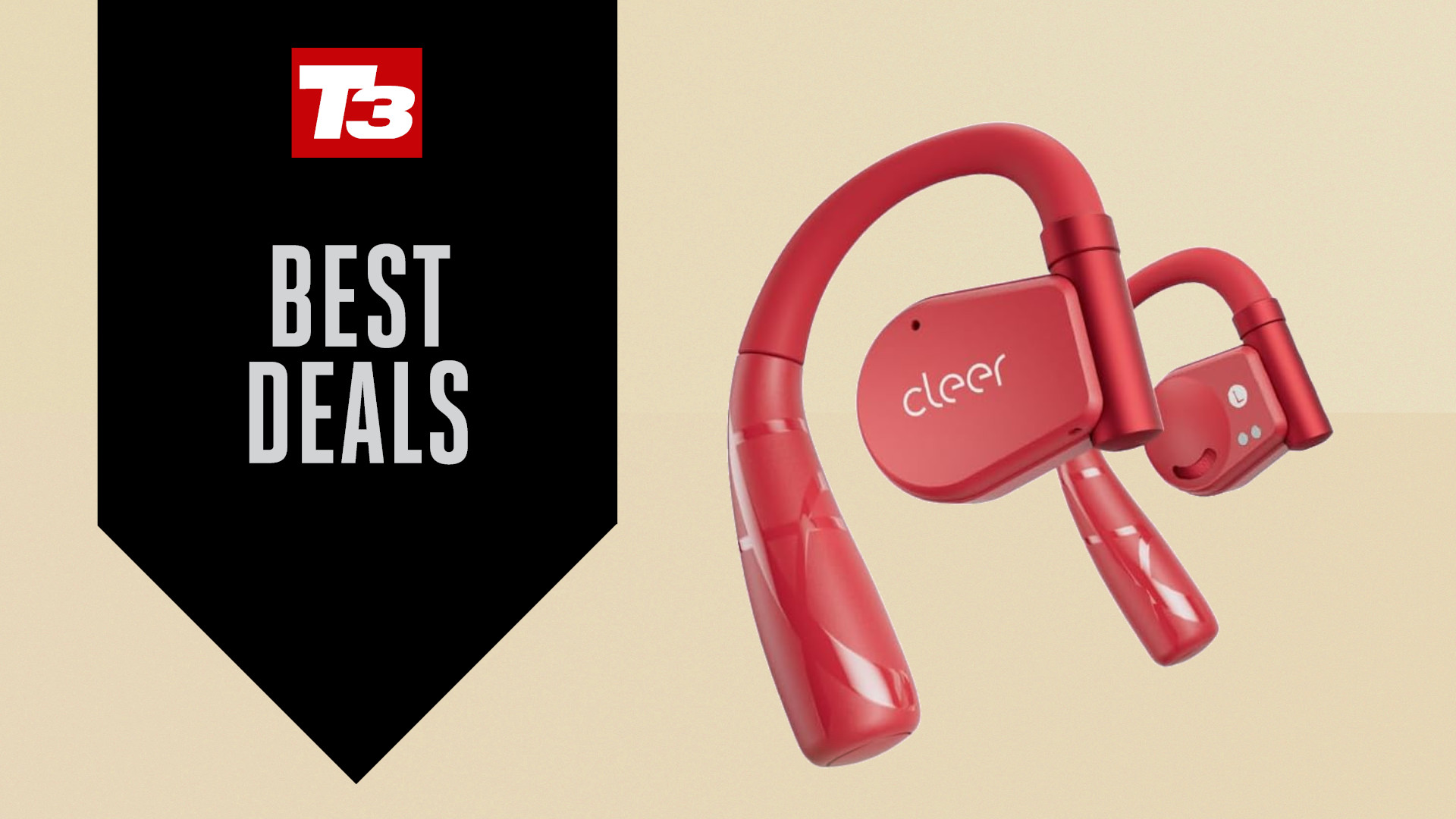
Amazon has knocked £100 off these five-star headphones before Prime Day
It's time to upgrade your workouts
By Bryony Firth-Bernard Published
-

Bang & Olufsen A1 3rd Gen review: the perfect portable Bluetooth speaker
The Bang & Olufsen Beosound A1 (Gen 3) is my perfect portable travel speaker
By Mike Lowe Last updated
-
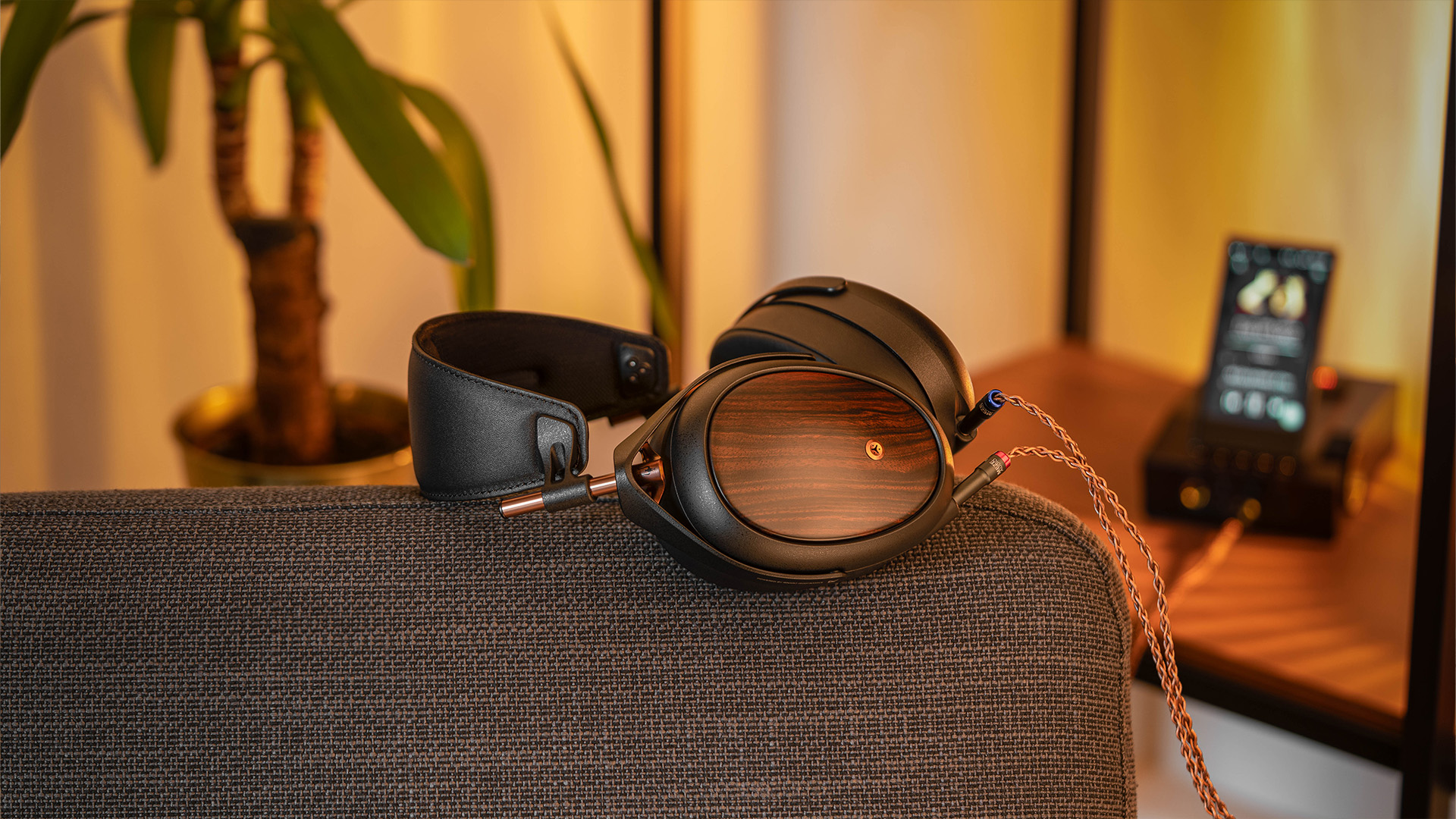
Meze Audio Liric (2nd Generation) review: big and clever
The second-gen Liric wired headphones are pricey but the audio is sheer perfection
By Simon Lucas Last updated
-
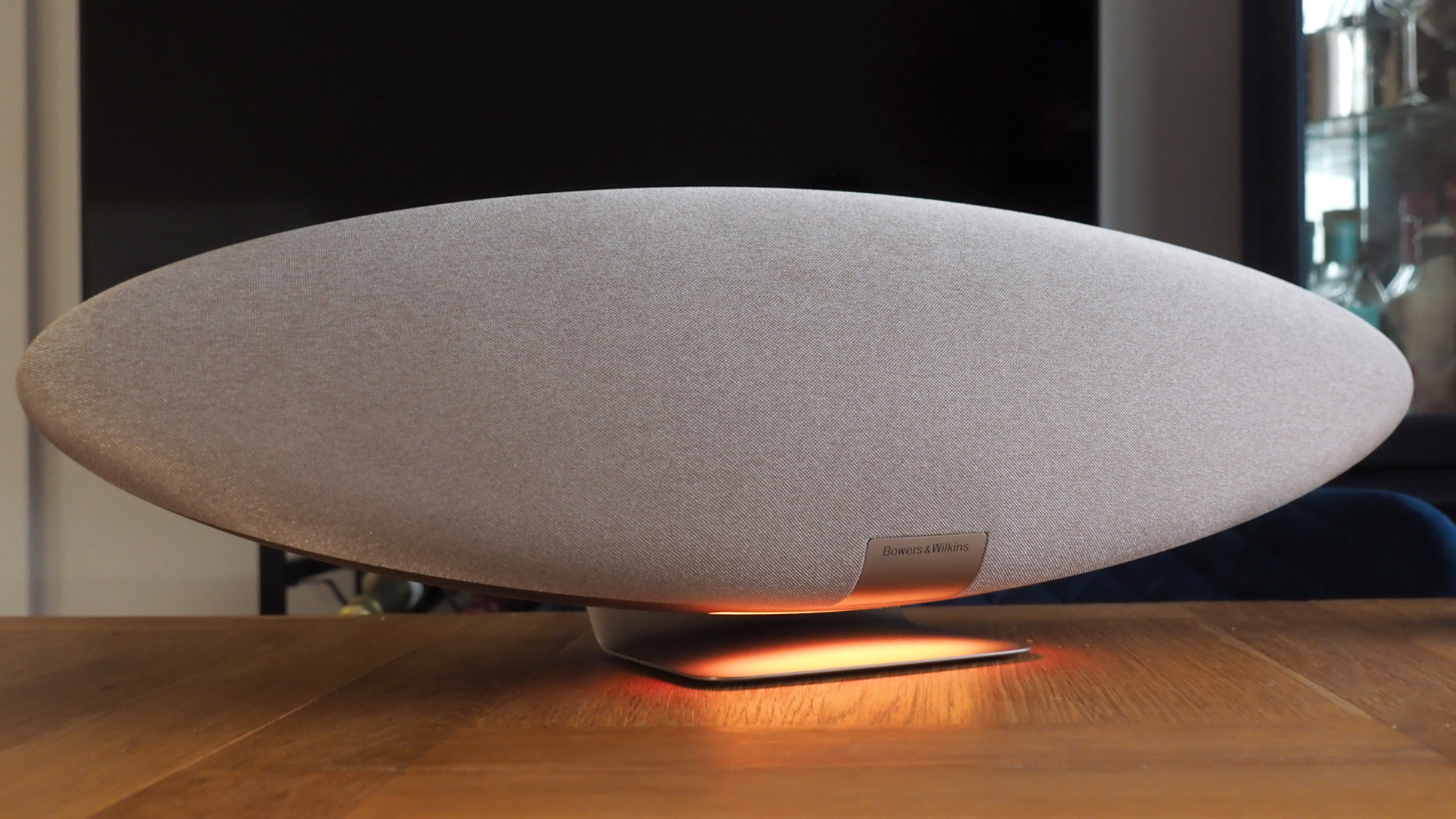
Bowers & Wilkins Zeppelin Pro Edition review: a classic, remastered
The iconic wireless speaker gets an internal upgrade
By Mike Lowe Last updated
-
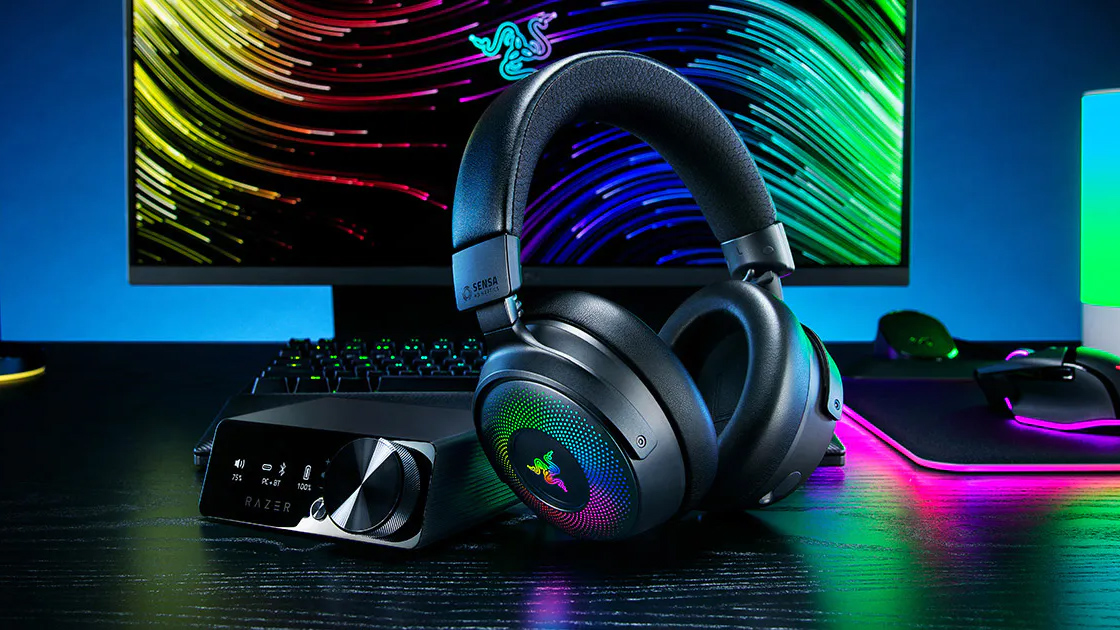
Razer Kraken V4 Pro headset review: earthquakes of sound
Razer's latest haptic headset is its best yet
By Max Freeman-Mills Last updated
-
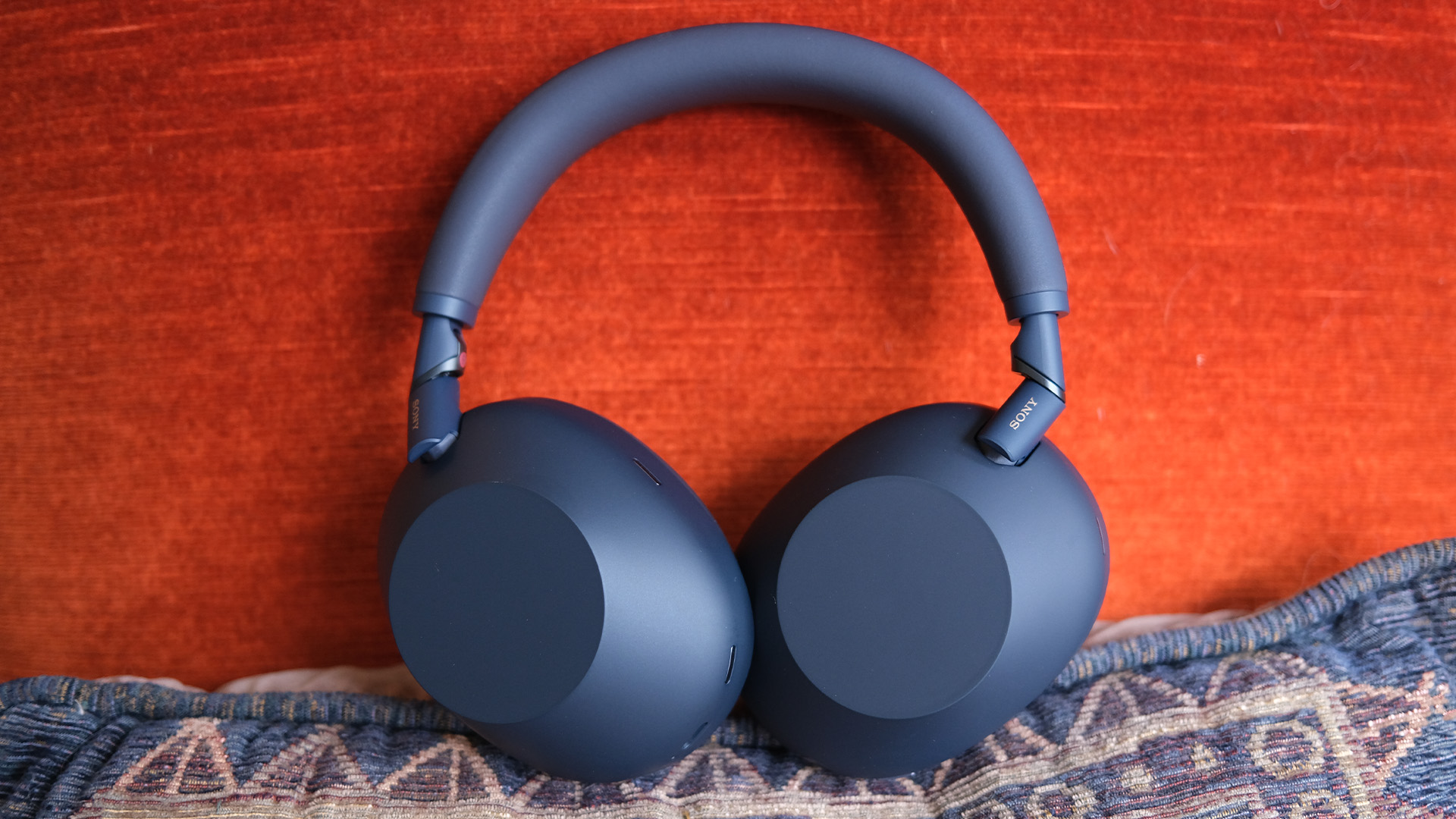
Sony WH-1000XM6 review: the best travel headphones just got a new star
The Sony WH-1000XM6 are truly fabulous over-ear ANC headphones
By Max Freeman-Mills Last updated
